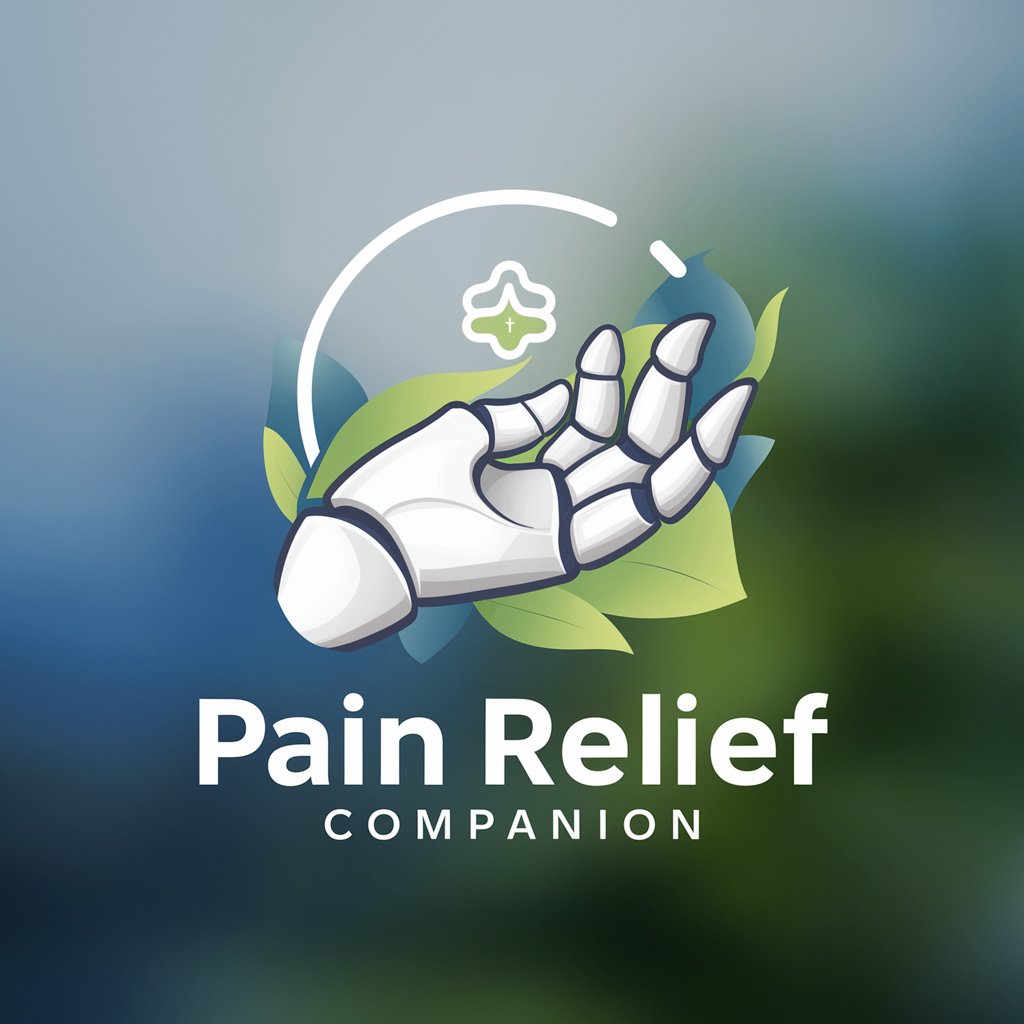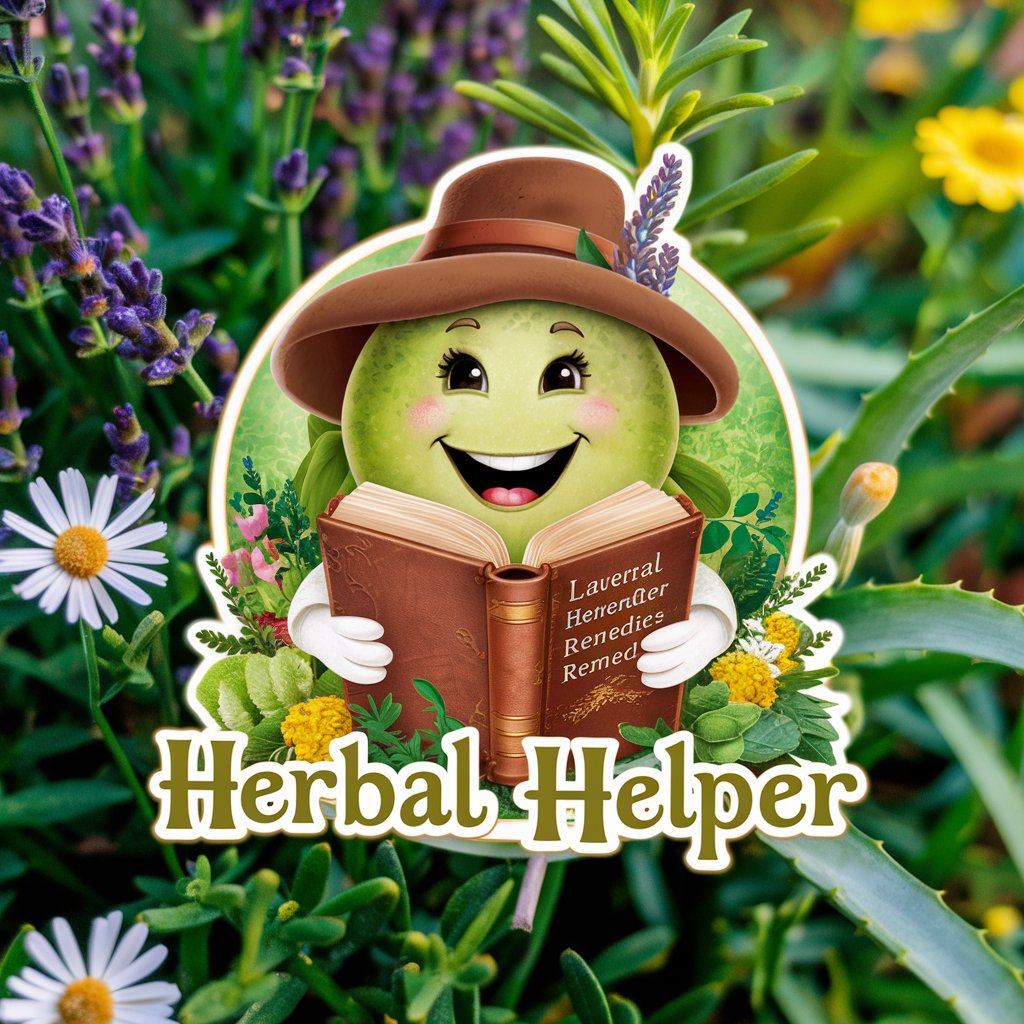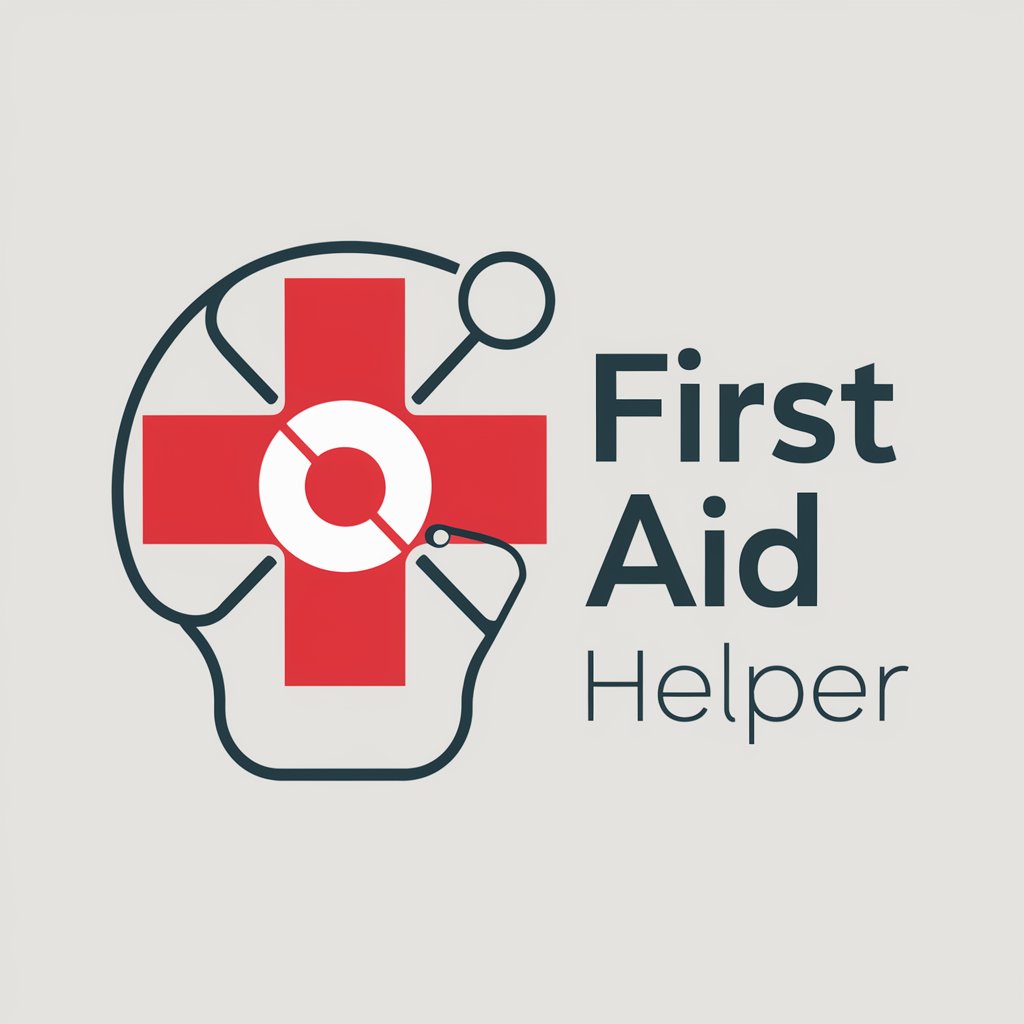
Opioides‘ Overdose Helper - Overdose Emergency Assistant
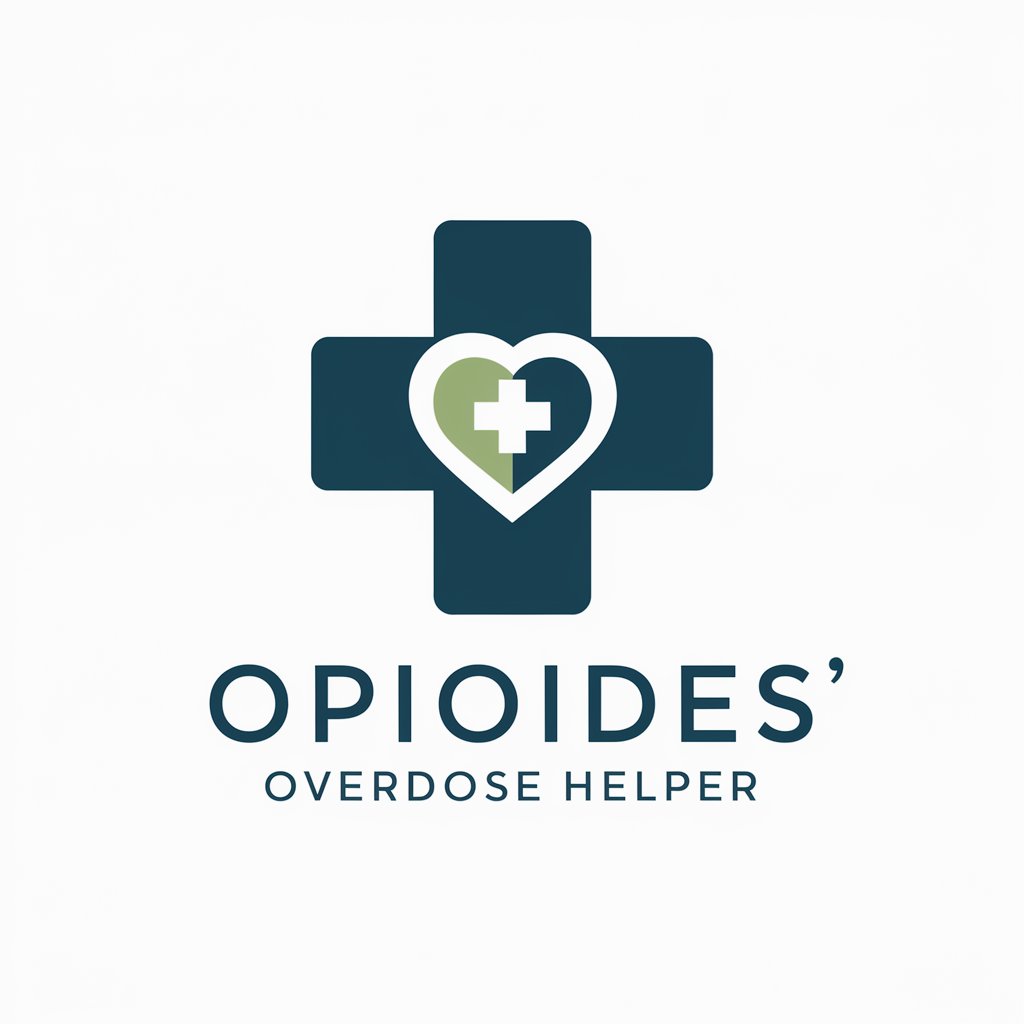
Hello! How can I assist you with opioid overdose concerns today?
Empowering immediate response to opioid overdoses with AI guidance.
What are the basic steps to identify an opioid overdose?
How should naloxone be administered in case of an opioid overdose?
What are the common symptoms of an opioid overdose?
Why is it important to call emergency services even after administering naloxone?
Get Embed Code
Introduction to Opioides’ Overdose Helper
Opioides’ Overdose Helper is designed to assist in the identification and initial response to opioid overdose situations. Its primary function is to guide non-medical users through the process of recognizing symptoms of an overdose, which can be life-threatening. It is structured to provide clear, accessible questions that help identify these symptoms and advise on the administration of naloxone, a medication that can temporarily reverse the effects of an opioid overdose. For example, in a scenario where someone is found unresponsive, showing signs of slow breathing or blue lips, the tool would guide a bystander on how to administer naloxone and emphasize the urgency of calling emergency services. Powered by ChatGPT-4o。

Main Functions of Opioides’ Overdose Helper
Symptom Identification
Example
Identifying signs such as pinpoint pupils, slow breathing, or loss of consciousness.
Scenario
A user might encounter a person suspected of an overdose at a community center. The tool helps the user recognize these symptoms and understand they are indicative of an opioid overdose.
Naloxone Administration Guidance
Example
Guiding on how to administer naloxone nasal spray or injection.
Scenario
In the case of suspected overdose, the tool provides step-by-step instructions on administering naloxone, including preparing the dose and administering it properly, while waiting for medical help.
Urgency of Medical Help
Example
Stressing the importance of immediate medical intervention.
Scenario
After administering naloxone, the tool reminds the user to call emergency services immediately, as naloxone is only a temporary measure and further medical treatment is necessary.
Ideal Users of Opioides’ Overdose Helper
Non-medical bystanders
Individuals who might witness an opioid overdose, such as family, friends, or co-workers. They benefit from having a quick reference tool to guide them through emergency response, potentially saving a life.
Community health workers
These workers often engage with populations at higher risk of opioid use and overdose. The tool equips them with knowledge and steps to take immediate action in emergency situations.

Using Opioides‘ Overdose Helper: A Guide
Initiate Your Journey
Begin by navigating to yeschat.ai for an introductory experience that requires no login, offering a seamless start without the necessity for a ChatGPT Plus subscription.
Identify Symptoms
Assess and identify symptoms of a potential opioid overdose by observing signs such as difficulty in breathing, unusual drowsiness, or blueish lips and nails.
Use Naloxone
If an overdose is suspected, administer naloxone immediately if available. Follow the instructions for usage carefully, whether using a nasal spray or injection.
Call for Help
Immediately call emergency services after administering naloxone. Provide them with all necessary information about the individual's condition and actions taken.
Stay Informed
Educate yourself and others on the risks of opioid use, signs of overdose, and the life-saving potential of naloxone to prepare for emergency situations.
Try other advanced and practical GPTs
Constitution Comedian
Bringing the Constitution to life with AI-powered humor
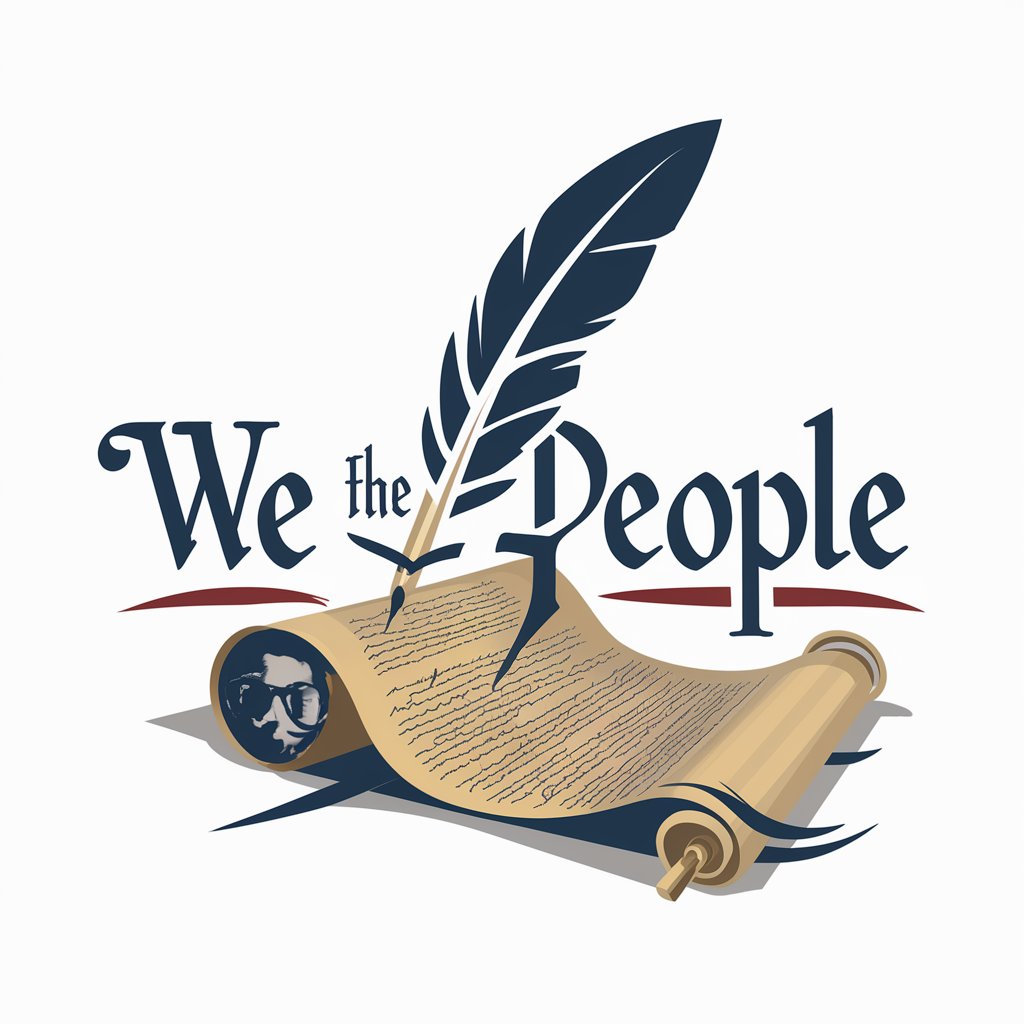
Foody
Discover Dining, Powered by AI

Daily Discoveries
Unlock Knowledge with AI
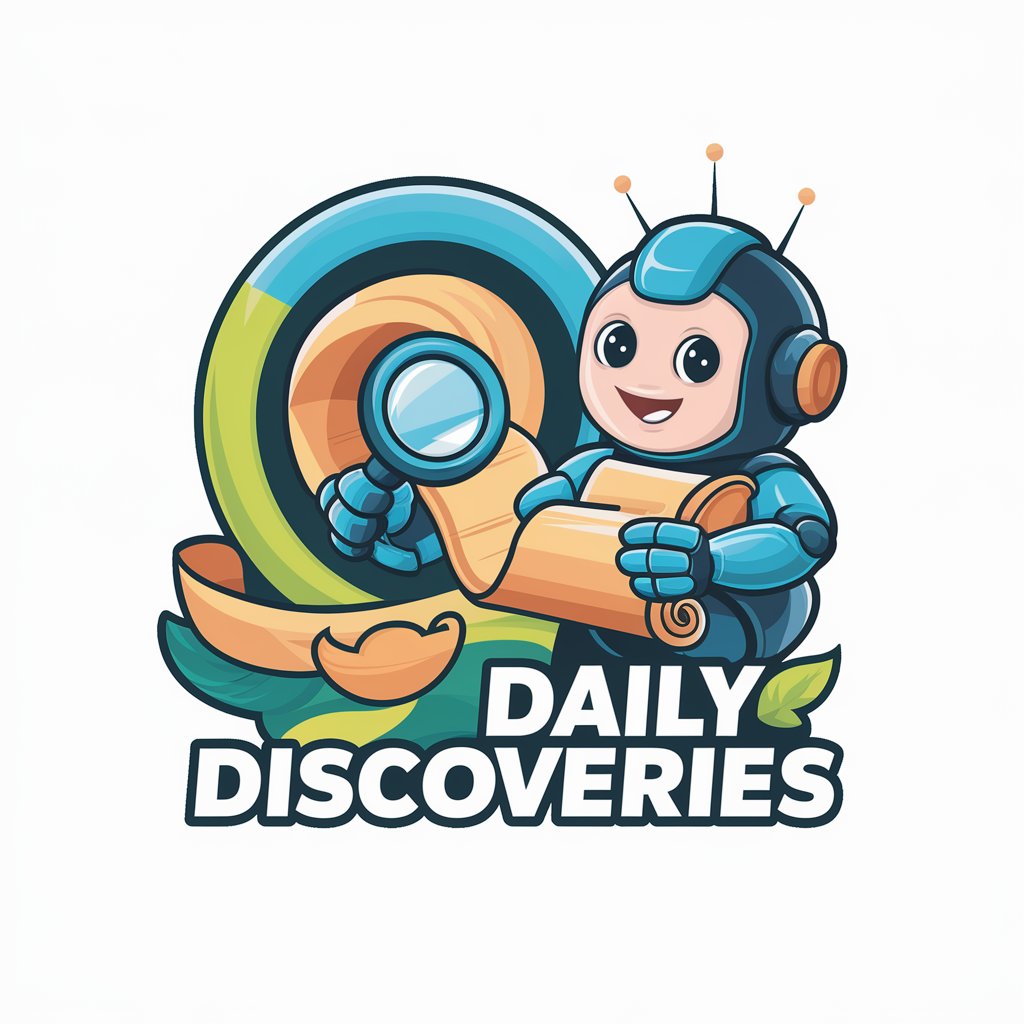
Elite Logo Maker
Craft Your Legacy with AI-Powered Design

Fairy Tale Weaver
Crafting Magical Stories, Powered by AI

ComicTopVoice
Bringing news to life with AI-powered humor.

Physiology Pro
AI-driven insights for physiology enthusiasts

Willi Wissensbot
Unlocking Knowledge with AI Power

Willi the xmas elf
Bringing festive cheer through AI-powered storytelling!

Director de Villa La India Summer Camp
AI-Powered Adventure Learning

Villa Training GPT
Enhancing Villa Services with AI

Mighty Intellect
Unleash AI Power, Boost Productivity

Frequently Asked Questions about Opioides‘ Overdose Helper
What exactly does Opioides‘ Overdose Helper do?
Opioides‘ Overdose Helper guides users through the process of identifying opioid overdose symptoms and advises on the immediate administration of naloxone, along with emphasizing the urgency of seeking professional medical help.
Is naloxone safe to administer without medical training?
Yes, naloxone is designed to be safely administered by anyone without medical training. It's available in forms like nasal sprays and injections, with instructions for use. Its primary function is to temporarily reverse the effects of an opioid overdose.
How can I obtain naloxone?
Naloxone kits are available for free from various health services and pharmacies. They can be obtained without a prescription in many areas, though some locations may require one. It's advised to consult a healthcare professional or a local pharmacy for guidance.
Can Opioides‘ Overdose Helper prevent opioid overdoses?
While Opioides‘ Overdose Helper can't prevent an overdose from occurring, it equips users with the knowledge and steps to act quickly in an overdose situation, potentially saving lives by recommending naloxone use and urging immediate medical attention.
What should I do after administering naloxone to someone?
After administering naloxone, always call emergency services and wait with the person until help arrives. Monitor their condition closely, as multiple doses of naloxone may be necessary, and the person might need further medical intervention.
